Products 5941-5952 of 7540
Show

Contact for Availability
Item #: X262B -

Contact for Availability
Item #: X262B-SP -
250GB SATA 7200RPM Hard Disk Drive

Contact for Availability
Item #: X266B -
320GB 7200RPM SATA Hard Disk Drive with Tray
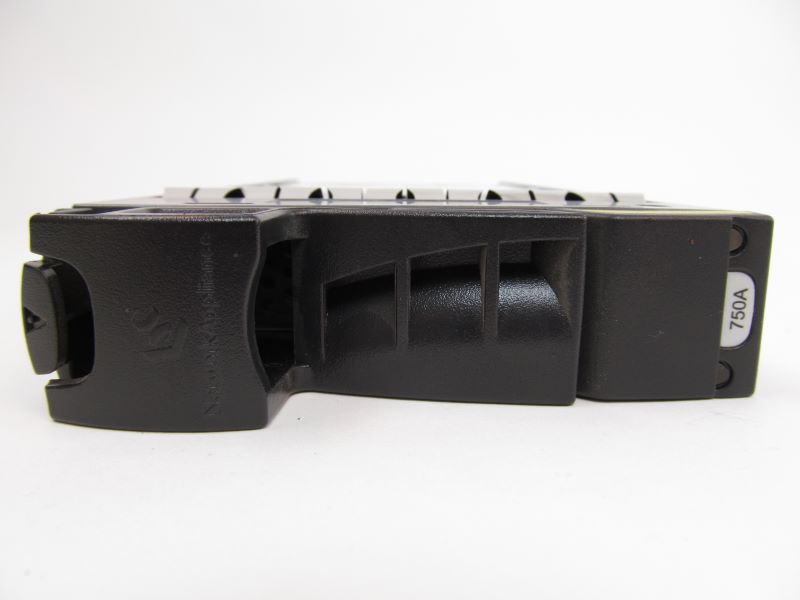
Contact for Availability
Item #: X268A-R5 -
750GB 7200RPM SATA Hard Disk Drive HDD

Contact for Availability
Item #: X272 -
72GB 10K RPM Fiber Channel Hard Disk Drive

Contact for Availability
Item #: X272A -
72GB 10K RPM Fiber Channel Hard Disk Drive
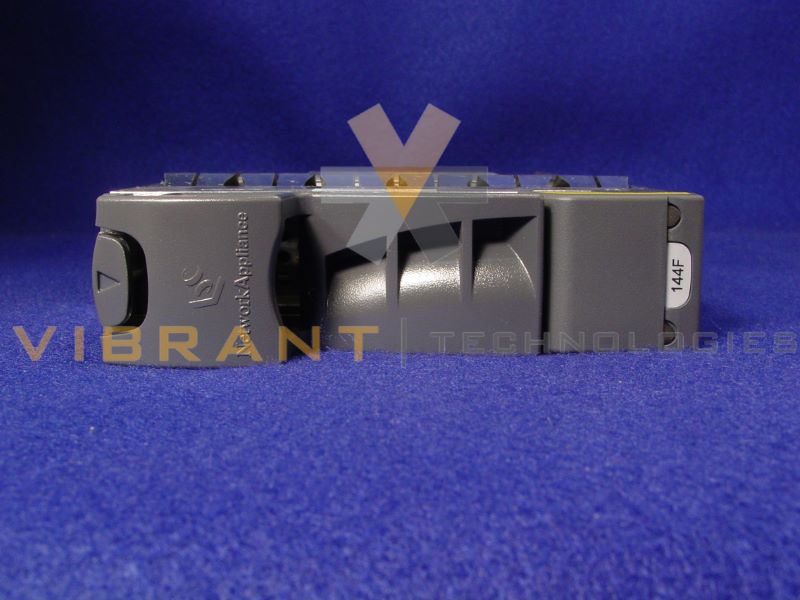
Contact for Availability
Item #: X274 -
146GB 10k Fiber Channel Drive with Tray, Network Appliance Disk
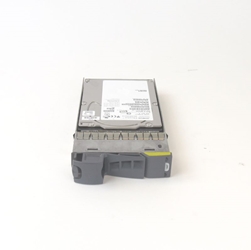
Contact for Availability
Item #: X274A -
146GB Fibre Channel For Netapp

Contact for Availability
Item #: X274B-R5 -
146GB 10k Fiber Channel Hard Disk Drive with Tray
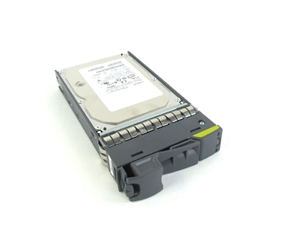
Contact for Availability
Item #: X279A -
300GB 15K RPM 4Gbps Fiber Channel HDD
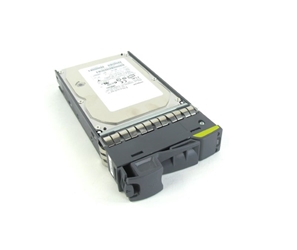
Contact for Availability
Item #: X279A-R5 -
300GB 15K RPM 4Gbps Fiber Channel HDD

Contact for Availability
Item #: X283B-R5 -
750Gb 7.2K SATA Hard Drive for FAS0